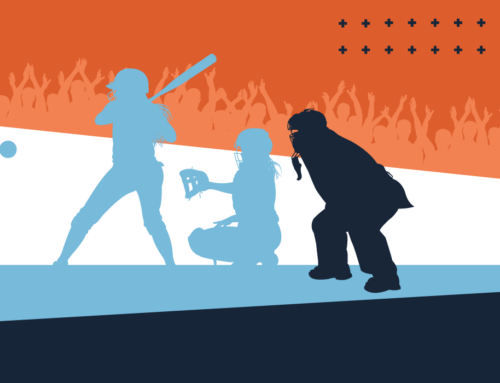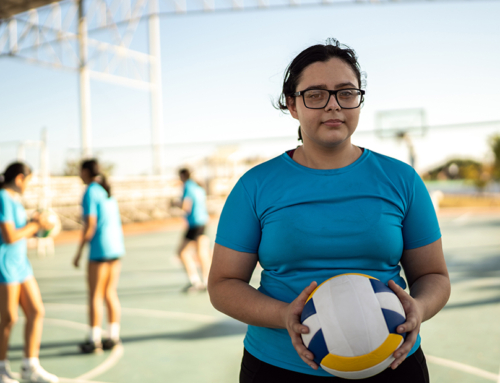I often hear athletes say, “This is the way I have always done it,” or “This is the way I was taught.”
Bad habits begin early, so it’s important that coaches reinforce correct behaviors and place young athletes in an atmosphere that encourages success and long-term skill attainment. When coaching, it is easier to teach and build correct movement patterns than to change incorrect ones.
By avoiding these common training mistakes, you can give your young athletes a good foundation and see better results.
Mistake 1: Focusing on Specificity Over Simplicity
Young athletes often want advice on very specific aspects of their game, such their dunking ability or their 40-Yard-Dash time. Rather than get too caught up in these requests, coaches should look at the big picture in the weight room. A basketball player looking to improve his or her jumping ability should focus on building strength and rate of force development in the weight room, then let his or her sport coach take over and teach the fundamentals needed to succeed on the court.
A basketball player may jump 30 to 50 times during a typical practice or game. It is not necessary to incorporate more rigorous jumping into his training routine, but instead develop the muscle strength and balance needed to propel his body higher. Learn about more common basketball training mistakes.
Mistake 2: Progressing Too Fast
Coaches love to see an athlete hit a personal best on a Power Clean or Snatch. But if these moves are performed incorrectly, or the athlete is pushing too far beyond his limits, it’s time to take another approach. I have seen many athletes come into a new training facility and perform intricate exercises that may be more appropriate for elite-level athletes.
It is important to focus on developing muscles and movements that will be used progressively first, then build on these fundamentals. Babies learn to crawl and walk before they learn to run. An athlete is no different.
Before an athlete can successfully perform a Power Clean, he must learn to set up in a proper pulling position, pull the bar from the ground, then front squat to catch the bar. Once he completes each of these movements successfully, he can learn to synchronize them into one fluid motion.
Mistake 3: Training Muscles, Not Movements
Training is tough when you’re a kid growing 2 or 3 inches or more a year. Just when you think you’ve got a handle on things, a growth spurt makes your movement patterns feel awkward or uncomfortable.
This is where a strength and conditioning professional can really make an impact. Getting away from isolated body movements and emphasizing whole-body or multi-joint movements can eliminate the awkward movement phase and teach kinesthetic awareness. A kid who learns to recruit muscles throughout his whole body during strengthening exercises is more conscious of his movements and the placement of his body in space.
Mistake 4: Seeking Short-Term Results Over Long-Term Development
This mistake can be one of the most detrimental because it prioritizes results over learning correct movements. Athletes should be encouraged to focus on the big picture—developing their skills so they blossom into great athletes at 17 or 18, rather than being the best 12-year-old athlete on the planet.
Article originally posted on stack.com
RELATED: 9 Things Elite Strength Coaches Wish They Knew in High School



